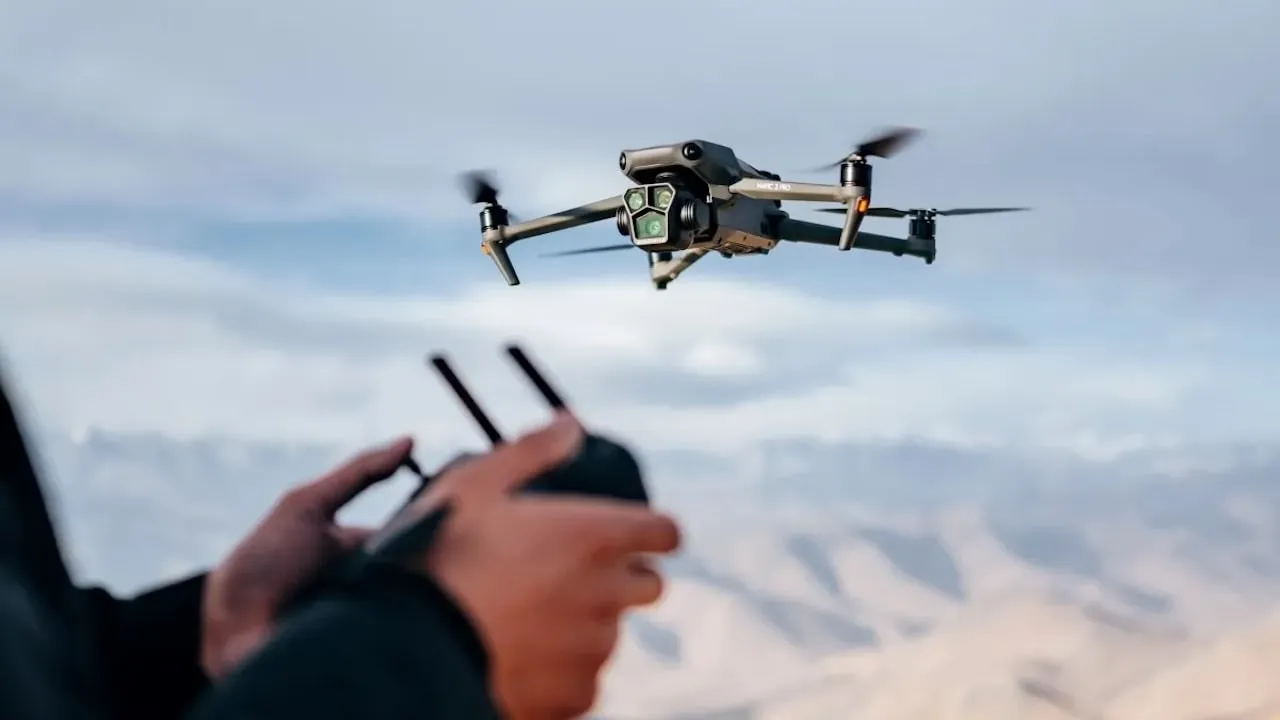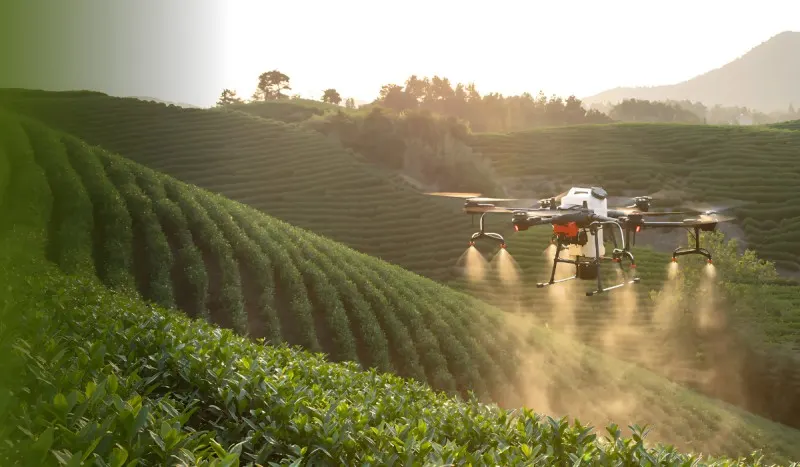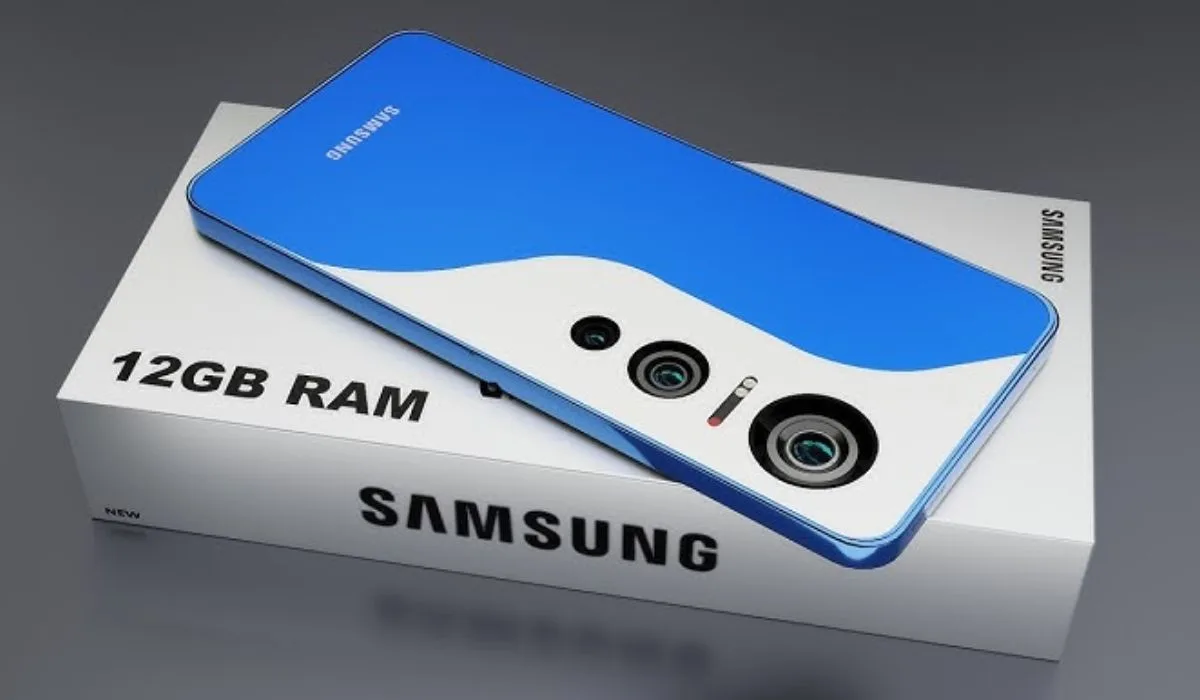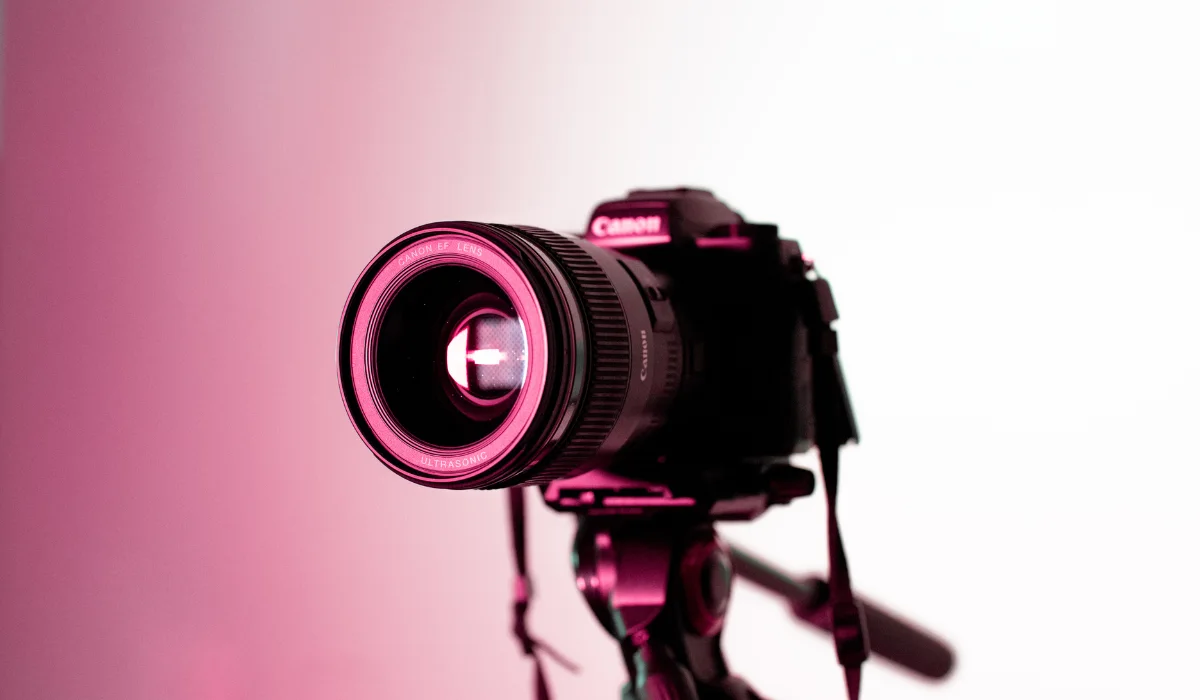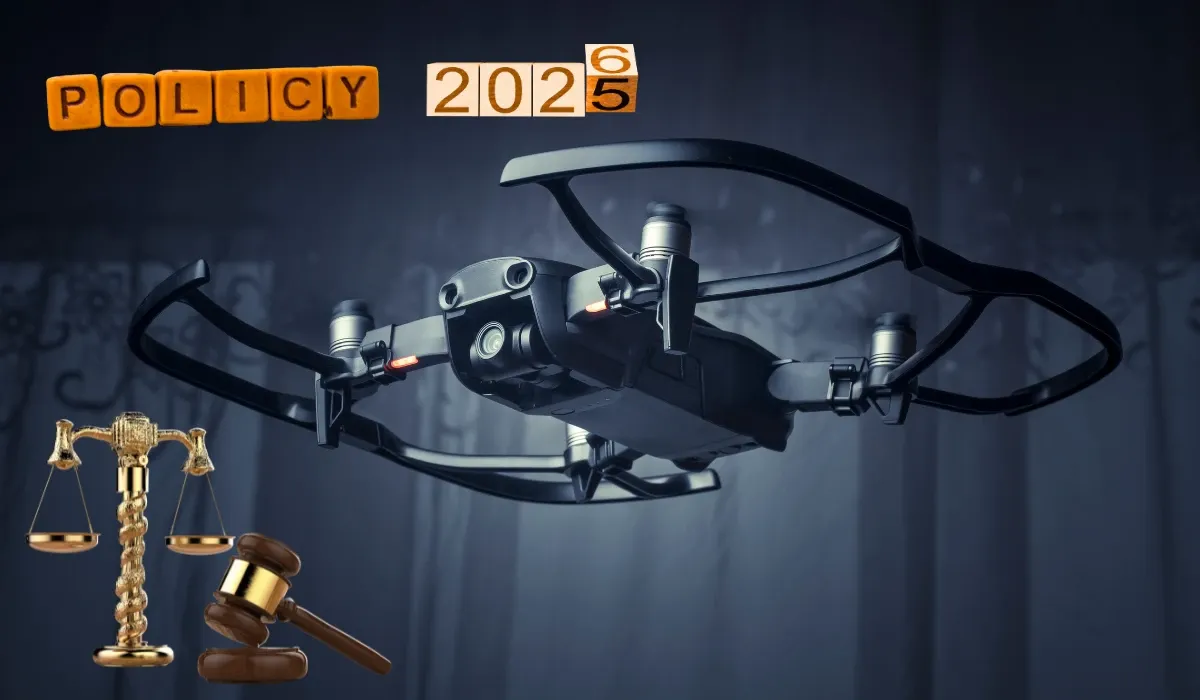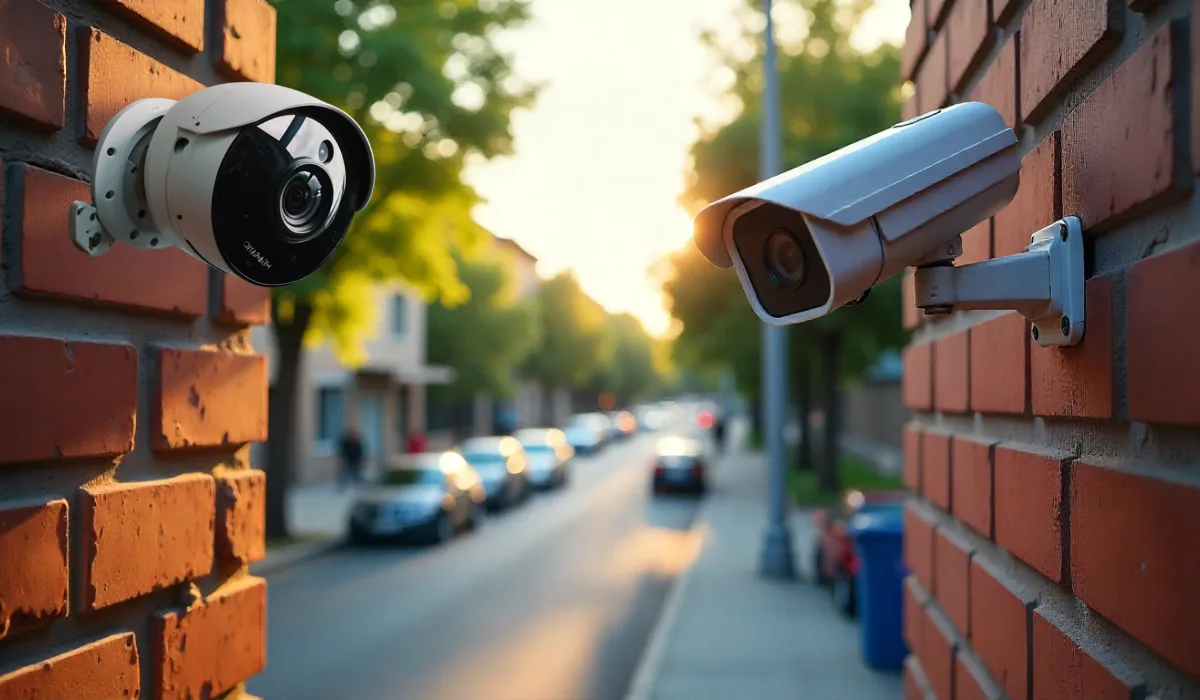Have you ever watched someone flying a drone and thought, "I want to try that!"? Well, you're in the right place! I remember my first time picking up a drone controller – my hands were shaking with excitement and, honestly, a bit of fear too. But after learning the basics and practicing, I fell in love with this amazing hobby.
Today, I'm going to share everything I've learned about how to fly a drone for the first time. Whether you've just purchased your first drone or are thinking about taking the plunge, this guide will help you get off the ground safely and confidently.
How To Fly A Drone For The First Time: Getting Started
Before you even think about taking flight, there are some important things you need to know. Flying a drone isn't just about pushing buttons – it requires understanding the basics of drone operation, safety rules, and having the right mindset.
What You'll Need Before Your First Flight
Let's start with the essentials:
- A suitable drone for beginners – I recommend starting with a smaller, more affordable drone that can withstand a few crashes (trust me, they will happen!)
- Extra batteries – Flight time is usually only 15-25 minutes, so having spares is a must
- A wide, open space – Your first flights should be in areas with minimal obstacles
- Calm weather – Wind is your enemy when learning to fly
- Knowledge of local drone laws – This is super important to avoid fines
When I bought my first drone, I was so excited that I wanted to fly it right away in my backyard. Big mistake! I quickly learned that having enough space is crucial for beginners.
Understanding Drone Controls
Before you take off, you need to understand the basic controls. Most drone controllers have two joysticks that work like this:
- Left stick: Controls altitude (up/down) and rotation (yaw)
- Right stick: Controls direction (forward/backward and left/right)
I spent about an hour just holding my controller and practicing these movements before my first actual flight. This helped my muscle memory tremendously!
How to Fly a Drone for the First Time with Camera: Managing the Dual Focus

One of the coolest things about modern drones is the camera feature. But flying a drone with a camera adds another layer of complexity.
Tips for Camera Drone First-Timers
When I first tried to fly and capture footage at the same time, I felt like I was trying to pat my head while rubbing my stomach! Here's what helped me:
- Master basic flight first – Don't worry about capturing perfect footage on day one
- Use beginner mode – Most camera drones have this feature that limits speed and altitude
- Practice hovering – Being able to keep your drone steady is essential for good footage
- Plan your shots – Think about what you want to capture before taking off
- Use automated flight modes – Many drones have "follow me" or orbit features that make filming easier
I remember trying to fly while staring at my phone screen showing the camera view. I nearly crashed into a tree! Always maintain visual contact with your drone, especially when you're learning.
How to Fly a Drone for the First Time for Beginners: Step-by-Step Process
Now let's get to the exciting part – your first actual flight! I'll break this down into simple steps that I wish someone had told me when I started.
Pre-Flight Checklist
Before takeoff, always go through this checklist:
- Battery check – Make sure both drone and controller are fully charged
- Propeller inspection – Are they attached correctly and undamaged?
- Area scan – Look for obstacles, people, and animals
- Wind check – Is it calm enough for a beginner flight?
- App connection – If using a smartphone, is it properly connected?
The first time I skipped checking my battery level, I had my drone shut down mid-flight. Not fun!
Your First Takeoff
Here's how to get airborne safely:
- Place your drone on flat ground away from obstacles
- Turn on the controller first, then the drone
- Wait for the connection to establish (usually indicated by steady lights)
- Start the motors (typically by pushing both sticks to the bottom corners)
- Slowly push the left stick up just a little bit
- Let the drone rise to about knee height and practice hovering
When I first lifted off, I pushed the stick too hard and my drone shot up like a rocket! Remember: gentle movements are key.
Mastering Hovering
Before you start zooming around, practice hovering in one spot. This is the drone equivalent of learning to balance on a bicycle.
- Try to keep your drone steady at about 4-5 feet off the ground
- Make tiny adjustments with the sticks
- Practice for at least 10-15 minutes
I spent my entire first battery just practicing hovering. It seemed boring at first, but it built the foundation for all other flight skills.
Read also: Best Foldable Drones With Long Battery Life: Complete Guide for 2025
How to Fly a Drone with Phone: Navigating the App Interface
Many modern drones can be controlled using your smartphone, which adds convenience but also complexity. Here's how to handle it:
Setting Up Your Phone as a Controller
The process typically works like this:
- Download the manufacturer's app – DJI Fly, Autel Explorer, etc.
- Connect your phone to the drone – Either directly via WiFi or through a controller
- Calibrate before flying – Most apps will guide you through this process
- Familiarize yourself with the app interface – Know where the important controls are
When I first tried flying a drone with my phone, I was overwhelmed by all the information on the screen. Take time to learn what each element means before your first flight.
Essential App Features to Know
Most drone apps include these important features:
- Return-to-home button – Use this if you get disoriented
- Battery monitoring – Always keep an eye on this
- Altitude display – Helps you comply with legal height restrictions
- GPS signal strength – Critical for safe flying
- Camera controls – For adjusting settings and taking photos/videos
I once ignored my battery warning and had to watch anxiously as my drone barely made it back to me before dying. Now I always set a timer as a backup reminder!
How to Start Flying Drones: Building Skills Progressively
Learning to fly isn't about mastering everything at once. Here's how I progressed my skills step by step:
Basic Flight Patterns for Practice
After you're comfortable hovering, try these exercises:
- Square pattern – Fly in a perfect square, maintaining altitude
- Figure-8 – Great for practicing coordinated stick movements
- Controlled descent and landing – Practice gentle landings
- Yaw control – Rotate the drone while keeping it in the same position
I used small rocks to mark the corners of my practice square. This gave me clear targets to aim for.
Common Beginner Mistakes to Avoid
Let me share some mistakes I made so you don't have to:
- Flying too high too soon – It's harder to judge movement at higher altitudes
- Flying in tight spaces – Always give yourself plenty of room for error
- Flying out of sight – This is dangerous and often illegal
- Flying without GPS lock – This makes your drone much harder to control
- Ignoring wind conditions – Even light breezes can challenge beginners
My biggest mistake? Flying near trees on my third flight. A slight wind pushed my drone into branches, leading to my first (but not last) rescue mission!
Advanced Beginner Techniques
Once you've mastered the basics, you can move on to slightly more advanced skills:
Learning to Use Camera Controls Effectively
If your drone has a camera, here's how to start using it well:
- Practice smooth panning – Slow, steady movements create professional-looking footage
- Try a dronie – Start close to yourself and back away while gaining altitude
- Learn gimbal controls – Understanding how to tilt the camera while flying
I remember capturing my first "reveal shot" – slowly rising above trees to reveal a lake beyond. Even though it was basic, I felt like a professional filmmaker!
Understanding Different Flight Modes
Most drones offer various flight modes:
- Beginner/Normal/Sport modes – These adjust sensitivity and speed limits
- Follow mode – The drone will track a moving subject
- Orbit mode – Circles around a point of interest
- Waypoint navigation – Programs a flight path for the drone to follow
I stayed in beginner mode for my first month of flying. There's no rush to move to faster modes until you're fully comfortable with the controls.
Troubleshooting Common First-Time Issues
Even with perfect preparation, you might encounter these common problems:
When Things Go Wrong: What to Do
- If your drone drifts – Check for calibration issues or wind
- If controls seem reversed – You may be oriented differently than your drone
- If your drone won't take off – Check for propeller issues or activation problems
- If you lose visual contact – Use return-to-home immediately
I once had my drone start drifting sideways for no apparent reason. After a minor panic, I realized I needed to recalibrate the compass – problem solved!
Battery Management for Longer Sessions
To maximize your practice time:
- Always carry spare batteries
- Allow batteries to cool between flights
- Never drain batteries completely
- Keep track of charging cycles
I use a small notebook to track my batteries' health. It might seem old-school, but it prevents the disappointment of dead batteries when you're excited to fly!
Building Your Drone Flying Confidence
Moving from complete beginner to confident pilot takes time, but these strategies help:
Setting Progressive Goals
I found it helpful to set small, achievable goals:
- Week 1: Master hovering and basic directional control
- Week 2: Perfect square and figure-8 patterns
- Week 3: Practice smooth takeoffs and landings
- Week 4: Begin capturing simple photo and video shots
Each time I achieved a goal, my confidence grew. Don't rush this process!
Finding Community Support
Learning with others makes a huge difference:
- Join local drone groups – Facebook and Meetup often have them
- Watch tutorial videos – YouTube is full of helpful content
- Find a mentor – An experienced pilot can provide invaluable guidance
When I met other drone enthusiasts, they shared tips I would have taken months to discover on my own. Plus, it's more fun to fly with friends!
Safety and Legal Considerations
I can't stress enough how important this section is:
Know Before You Fly: Rules and Regulations
Before you even turn your drone on, know these essentials:
- Registration requirements – Many countries require drone registration
- No-fly zones – Airports, government facilities, and many parks prohibit drones
- Height restrictions – Typically 400 feet in the US, but varies by country
- Privacy considerations – Never fly over private property without permission
- Insurance options – Consider liability coverage for accidents
I use apps like B4UFLY (in the US) to check if an area is legal for drone flight. One quick check can save you from potential fines!
Creating Your Personal Safety Protocol
Develop these good habits from day one:
- Pre-flight inspection routine
- Verbal callouts – Announcing "taking off" or "landing" even when alone helps build good habits
- Battery alerts – Set warnings at 30% to ensure safe return
- Weather monitoring – Check conditions before and during flights
I once ignored dark clouds in the distance and ended up racing my drone back as rain started falling. Now I'm much more cautious about weather!
Capturing Amazing Drone Photography and Video
Once you're comfortable flying, you'll want to create stunning imagery:
Composition Tips for Drone Photography
Some simple rules that transformed my drone photography:
- Rule of thirds – Place points of interest at the intersections of an imaginary 3×3 grid
- Leading lines – Roads, rivers, and shorelines draw the viewer's eye
- Unique perspectives – Look for angles that can't be seen from the ground
- Golden hour lighting – Early morning and late afternoon offer magical light
My first drone photos were just random shots from above. When I started applying these principles, the quality improved dramatically!
Simple Drone Video Techniques
For impressive videos without complex skills:
- Slow, smooth movements – Gentle stick control creates professional-looking footage
- Reveal shots – Start with camera pointing at something uninteresting, then reveal the view
- Consistent altitude – Maintaining steady height looks more professional
- Plan your edit – Think about how shots will fit together
I found that flying slower than I thought necessary always resulted in better footage. What feels boring during flight often looks perfect on screen!
Maintaining Your Drone for Longevity
Taking care of your investment is crucial:
Post-Flight Maintenance Routine
After each session:
- Inspect propellers for damage
- Clean camera lens
- Check for loose screws or parts
- Store batteries properly – Around 50% charge is ideal for storage
I keep a small toolkit with my drone at all times. Being able to tighten a loose screw on location has saved several of my flying sessions!
When to Upgrade Your Equipment
Know when it's time to level up:
- When you've mastered current capabilities
- When you have specific needs your current drone can't meet
- When battery life or camera quality becomes limiting
I flew my beginner drone for six months before upgrading. This gave me time to develop skills and truly understand what features mattered to me in my next drone.
Conclusion: Your Drone Journey Has Just Begun
Looking back at my drone journey, from terrified beginner to confident flyer, I'm amazed at how much joy this hobby has brought me. Flying a drone for the first time might seem intimidating, but with patience and practice, you'll soon be capturing breathtaking perspectives and experiencing the world from above. Remember, everyone starts somewhere. That wobbly first hover will eventually become smooth, confident flight. Be patient with yourself, follow safety guidelines, and most importantly, have fun!



